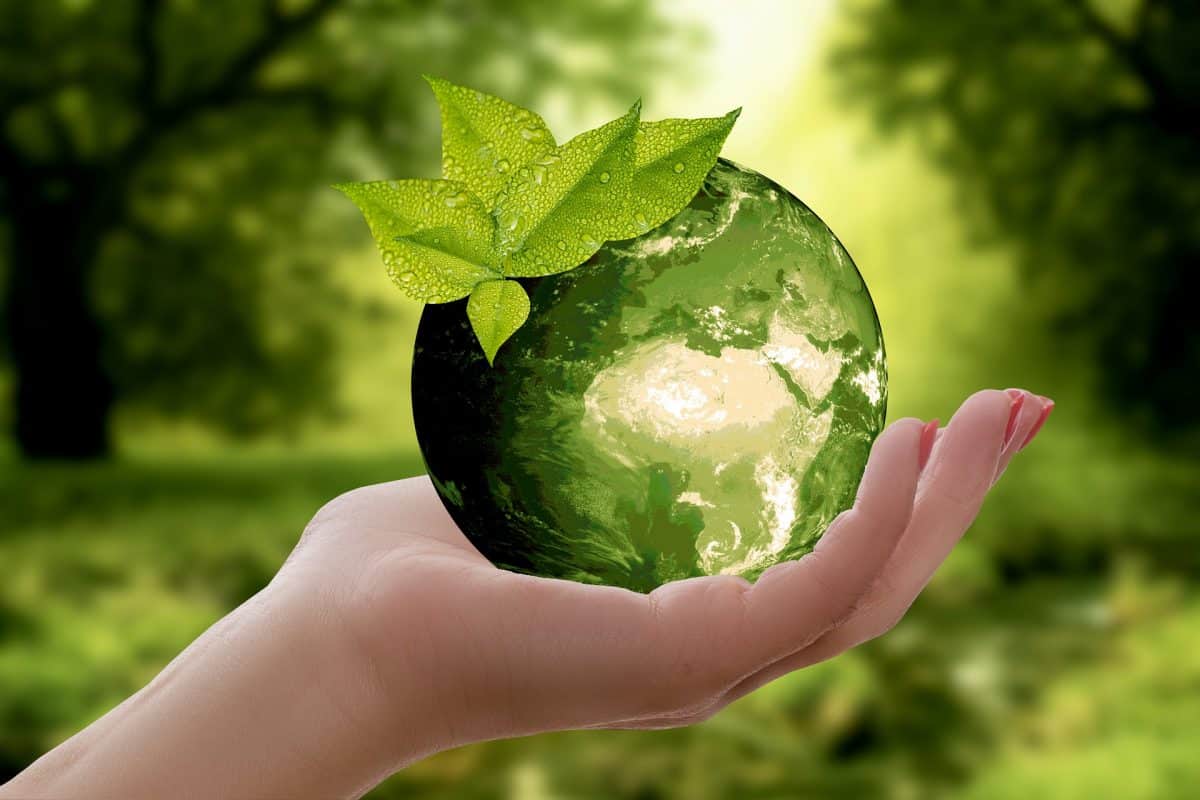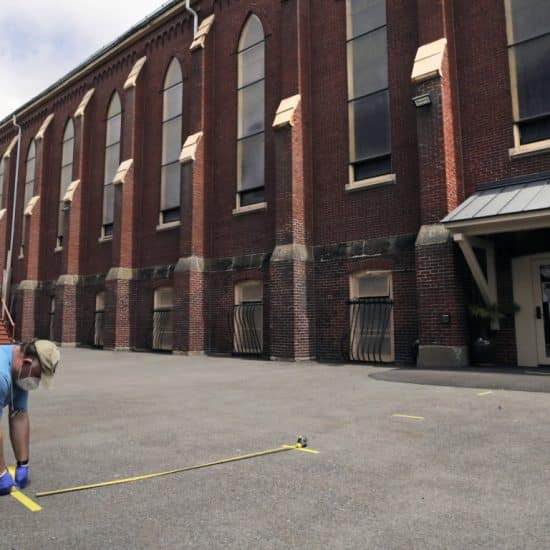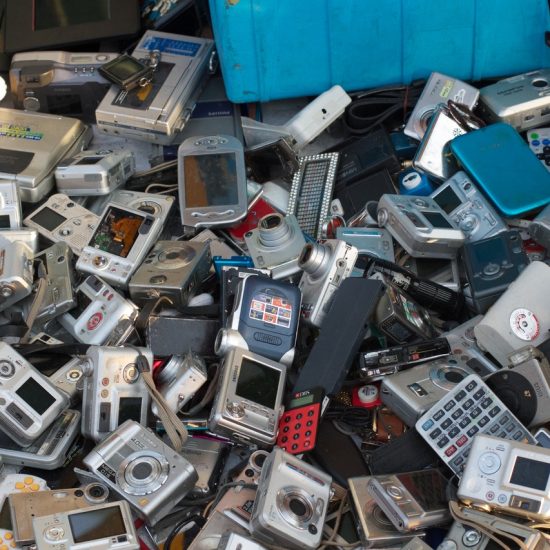
Walking down a dirt road in Nicaragua years ago, I couldn’t help but notice the colorful fencing – and then shocked to realize they were made up months’ worth of discarded plastic bags. That experience inspired me to be serious about recycling.

Ken Satterfield
The Environmental Protection Agency states that each of us generates just under 4.5 pound of trash a day – 262.4 million tons total – more than enough to fill Busch Stadium from top to bottom twice a day.
My city, like more than 80 percent of the nation, has recycling bins for what is called single-stream recycling. But if you think that dumping your paper and plastic in a special container and waving bye-bye is all you need to do, you would be wrong. While this has increased business and home recycling (good) it has also raised the rate of materials too contaminated for anything but the landfill from 7 to 25 percent over a 10-year period (not good), which may offset those gains.
While it used to be profitable to sell recycling, many markets are no longer available. And that was before the world’s largest market, China, stopped buying plastic scrap that wasn’t 99.5 percent pure in January 2018 (tinyurl.com/0219WW-1).
Smarter recycling strategies are required. If you want to do your part to reduce your contribution to the landfill, the internet has some handy resources and ideas (See also tinyurl.com/0219WW-3.).
Know the rules. Check to see if your community posts guidelines and regulations about recycling and composting. For example, green or brown glass, if accepted, may need sorting.
Educate yourself. Many engage in ‘wishful recycling,’ tossing away materials we hope or believe should be recyclable, like aerosol cans, ceramics and some types of light bulbs. You may be surprised at other no-no materials: laminated or metallic wrapping paper, shredded paper, broken glass, paper towels, wire hangers and wet paper (tinyurl.com/0219WW-5).
Use common sense. Yogurt containers, greasy pizza boxes and – believe it or not – diapers are frequently included in recycling. Really?
Keep it empty, clean and dry, rinsing out containers before you toss them (tinyurl.com/0219WW-7).
Location, location, location. Single-stream recycling is not the only place to recycle (tinyurl.com/0219WW-8). Compost shredded paper and go the extra mile to use collection sites for plastic bags and electronics. Plus, you may be able to get money for recycling aluminum, glass and electronics (tinyurl.com/0219WW-10).
Make better decisions. While polystyrene can be recycled, the options are limited (tinyurl.com/0219WW-11). While many companies are moving away from using it for packing, do your part by avoiding Styrofoam cups, and take packaging peanuts and bubble cushioning to shipping store locations (tinyurl.com/0219WW-12).
In a throwaway society (tinyurl.com/0219WW-13), it’s wonderful to have more options to limit what we discard out of landfills. When you get ‘trashy,’ make it count!
Ken Satterfield is a former media specialist and current marketing coordinator for Word&Way.
See also:
How To Reduce Single-Use Plastic in Each Room of Your Home [INFOGRAPHIC] (The Zebra)





